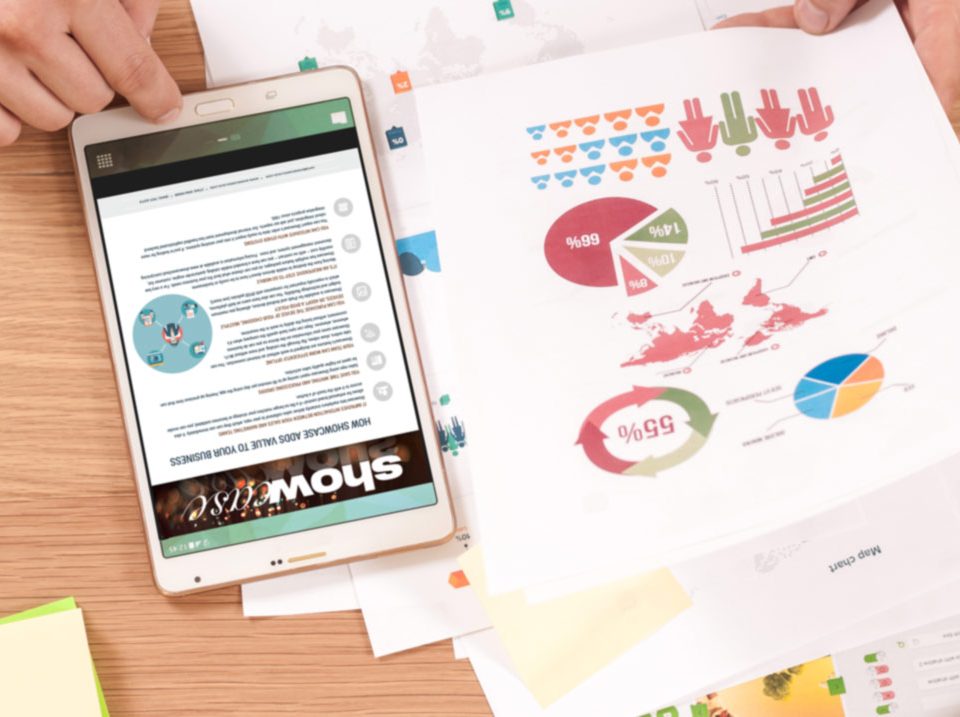BYOD and MDM: Know your mobile acronyms
Showcase Release Notes 1.4.0
December 11, 2013Add Products to Showcase
January 3, 2014Business is filled with buzzwords and acronyms. BYOD, or Bring Your Own Device, is a new one popping up in companies all around the country. For the unfamiliar, BYOD is a growing trend where companies allow their employees to use their own personal computers, tablets, and phones for business purposes. This trend has positives and negatives that companies must consider before adopting a policy.
Even in the recent past, technology investments involved major expenditures to ensure employees had the necessary tools for success. Providing staff with a computer, tablet, and/or mobile phone allows companies to control the purpose, content, and applications employees use on those devices, but at a significant financial cost. Not only must a company purchase both the hardware and software used, but they must pay to also maintain them. Doing otherwise would simply be a waste of investment.
BYOD significantly cuts tech costs and maintenance for a company if it is willing to make strategic compromises, such as relinquished control over usage and device security.
BYOD also has benefits outside of saving money. A recent study by IBM showed employees were more productive when using personal devices, and more invested in properly maintaining the device. Also, since employees used the device outside of the office, they were more familiar with its features and functionality, and thus required less training.
Because employees inevitably prefer different hardware (both device, manufacturer, and otherwise), companies adopting a BYOD policy have struggled with providing apps and software for a growing array of devices, platforms, and versions. It can be difficult to get everyone using the same tools and content when they are all using different devices of different shapes, providers, and technical ability.
To combat this, many BYOD employers are using overarching Mobile Device Management (MDM) software, which are programs that companies use to connect their employees’ devices to one program and network.
Using an app like Showcase Sales, which works on both Android tablets and iPads, allows managers to put out standardized content on a standardized device.
By combining BYOD with a MDM, employers can retain a confident level of control over their software distribution, without the enormous expenditure for hardware. Not only that, they will likely find their employees are more productive as well.
For more information about Showcase Sales, search for us in the Apple App Store or in Google Play or visit us at Showcasecloud.com.


